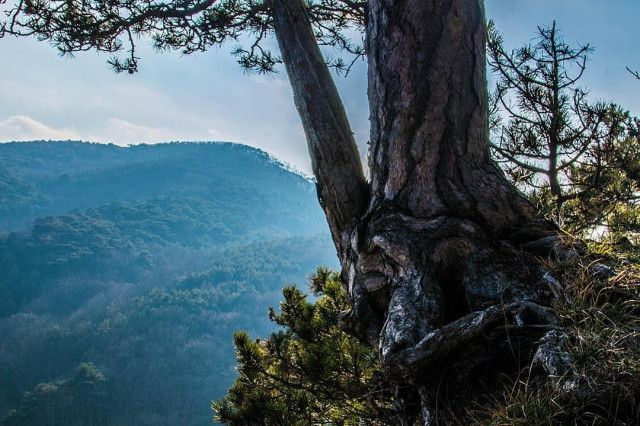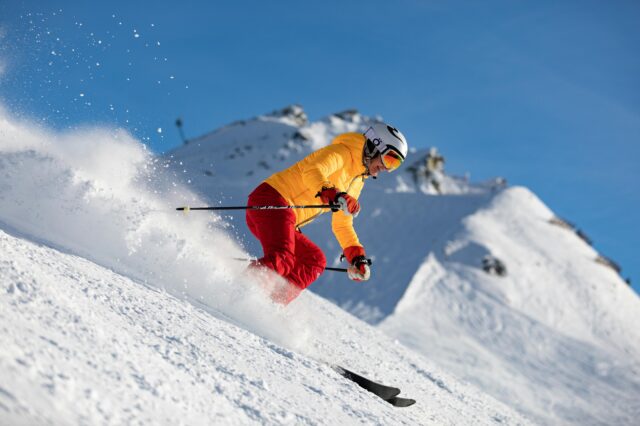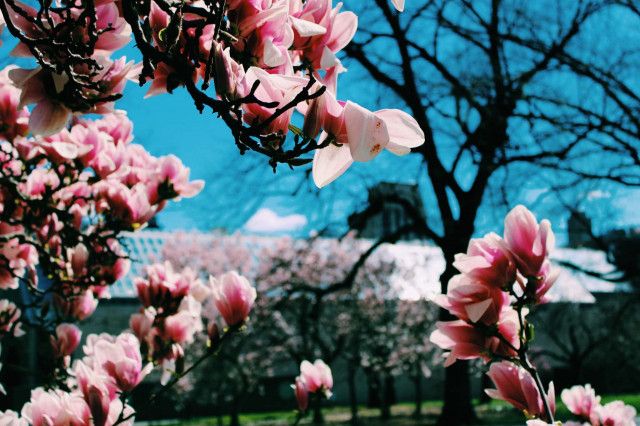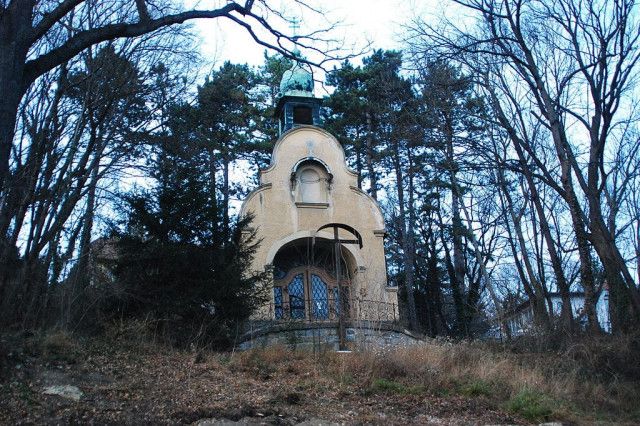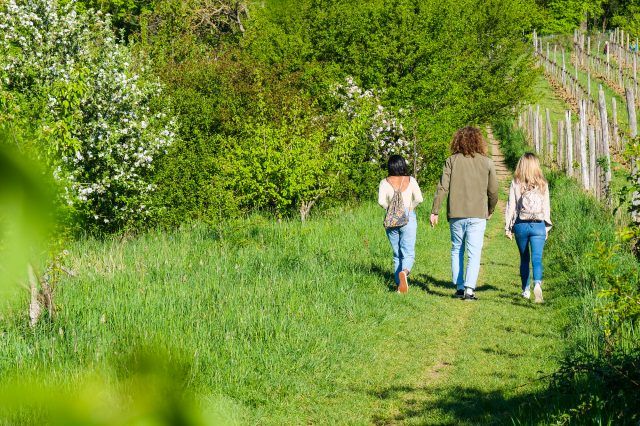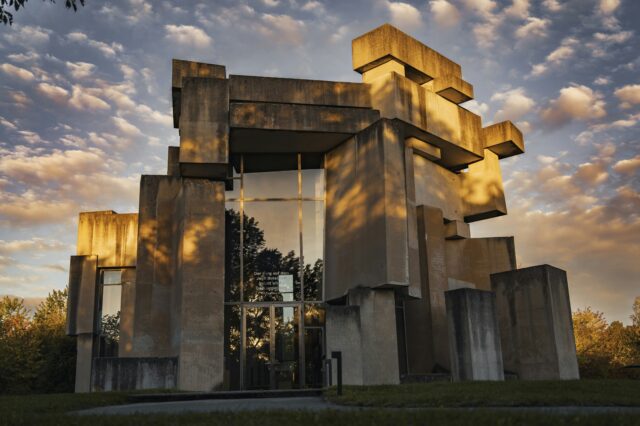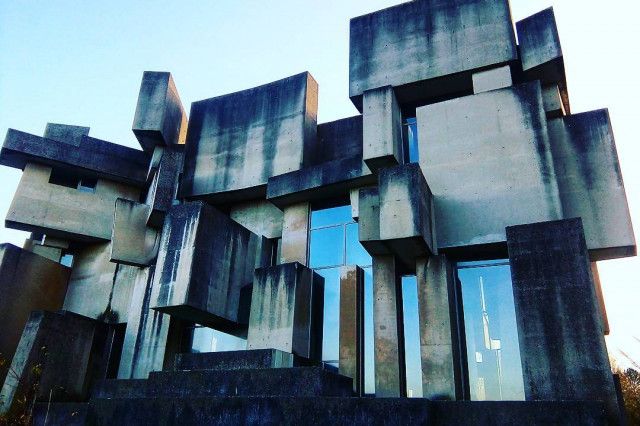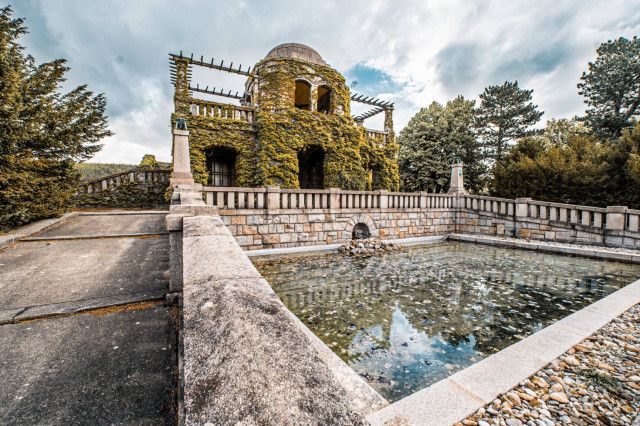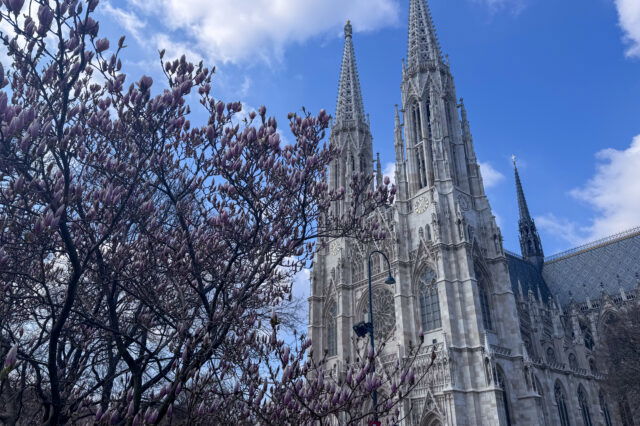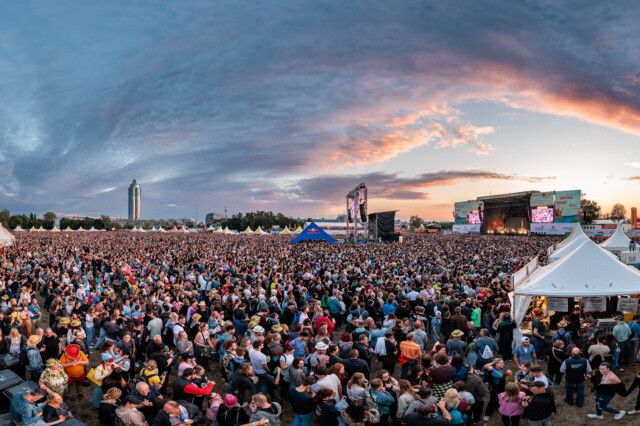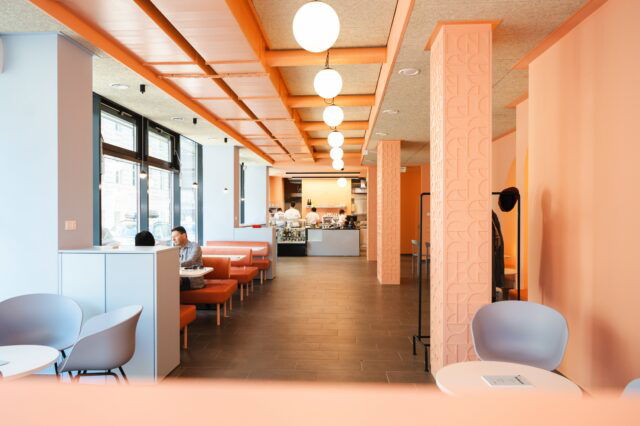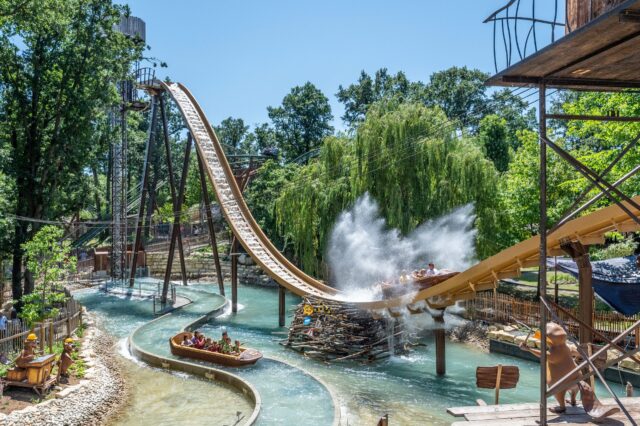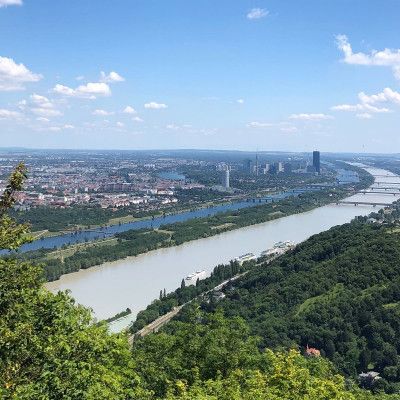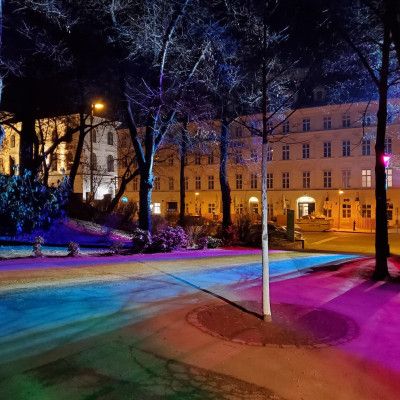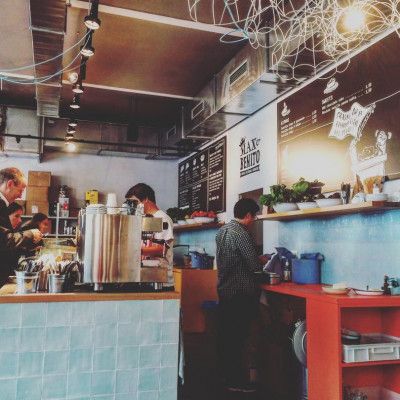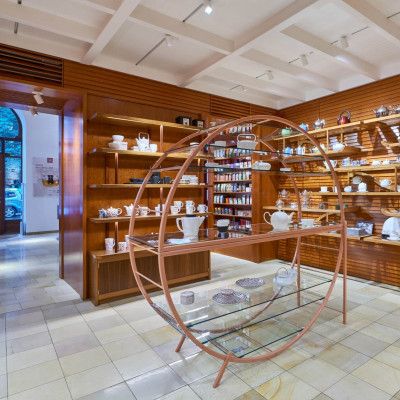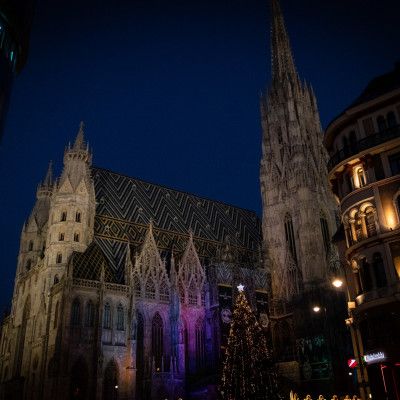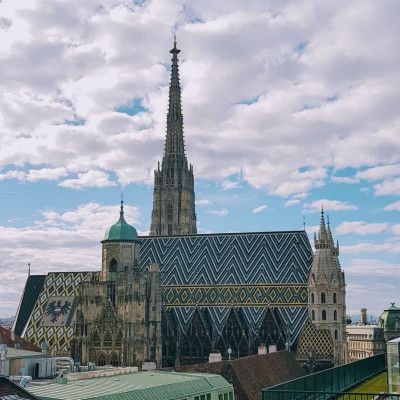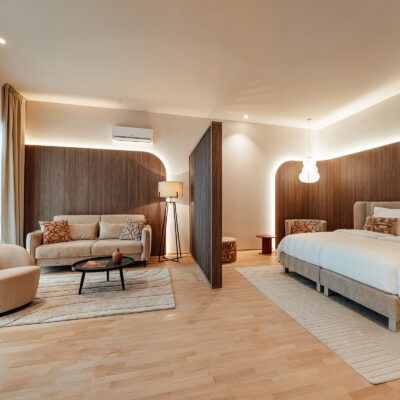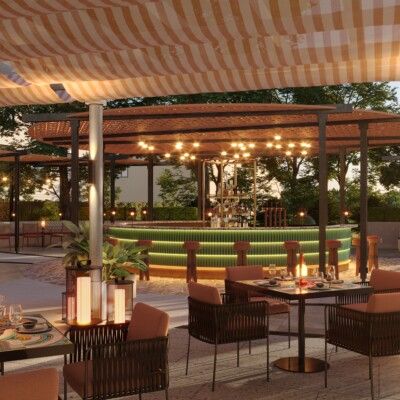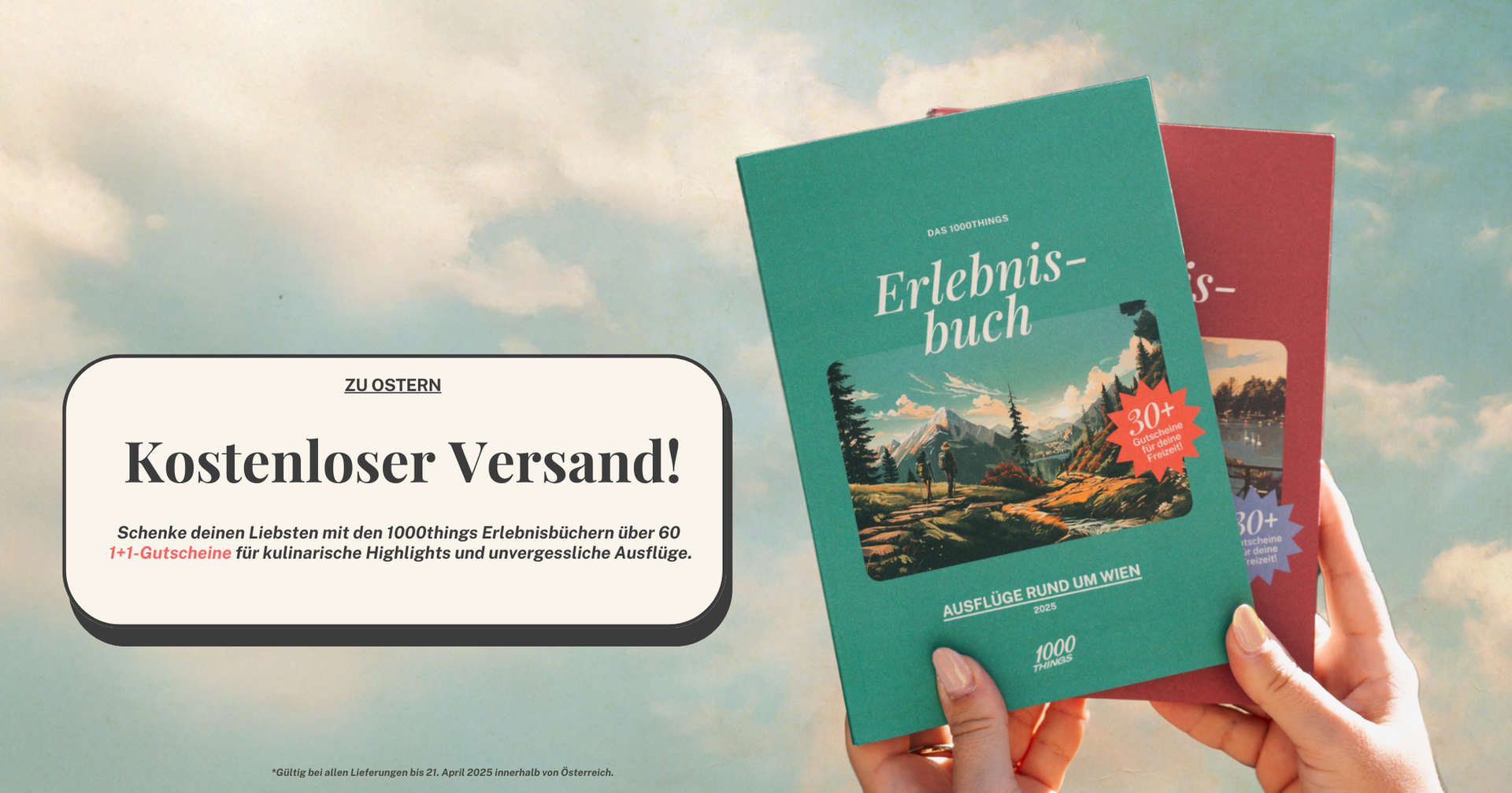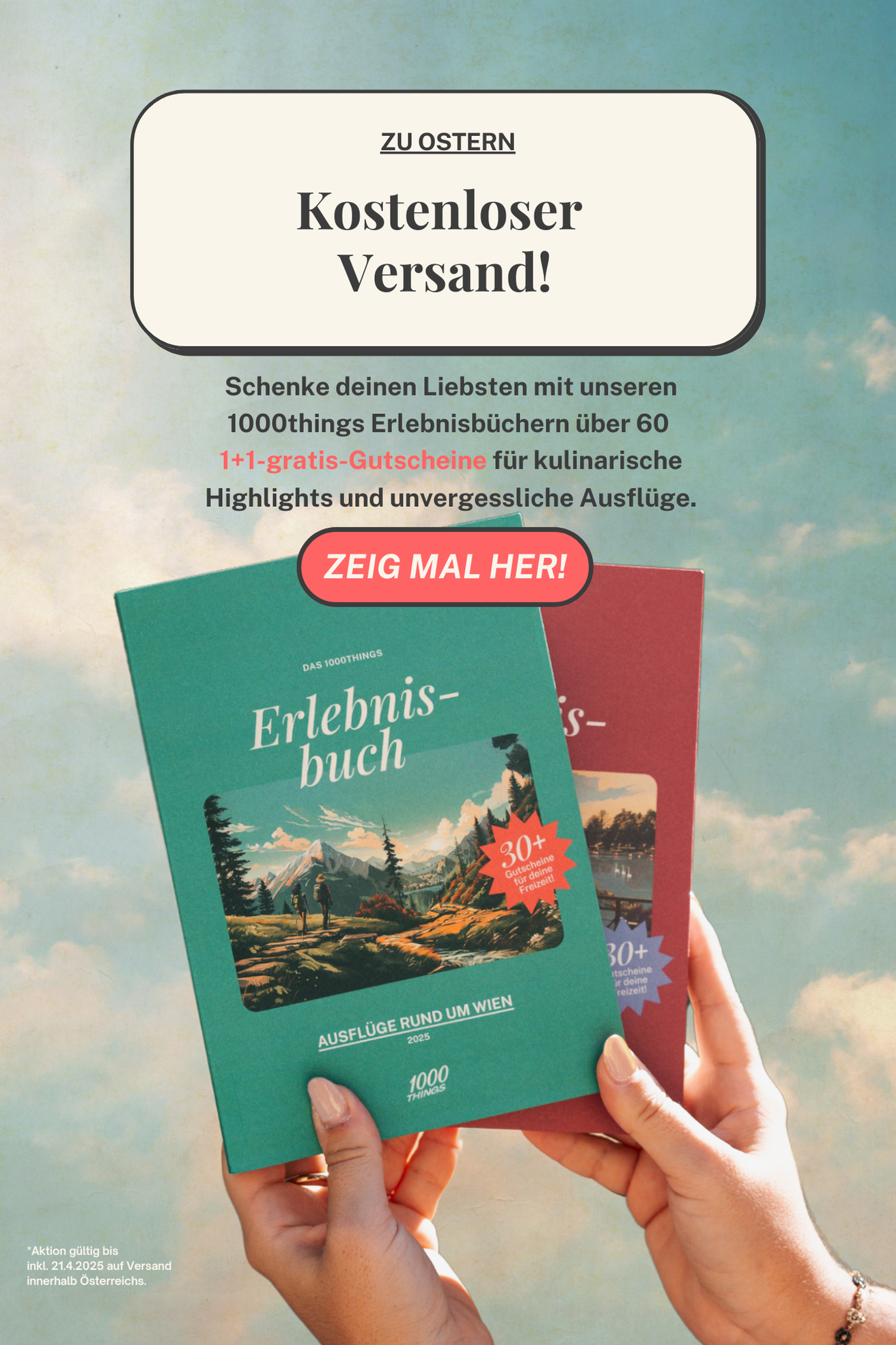Viennese Secrets – Part 1

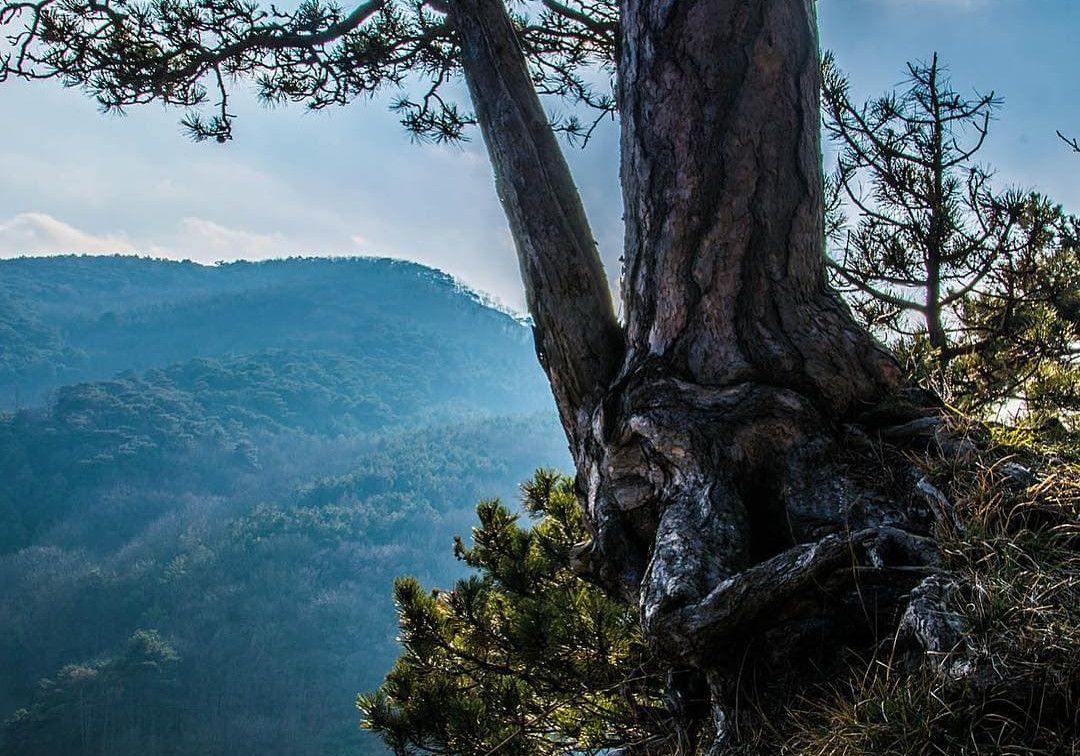
We’re taking you on a foray onto roads less traveled, hidden locales and interesting facts that make our favorite city so unique in the first part of our series, “Viennese Secrets.”
Vienna’s Only Water Castle
We’ll kick off our article with Laudon Castle – also known as Schloss Hadersdorf – in the 14th district. Vienna’s only water castle and the surrounding landscape gardens that spread out over about 10 hectares are a wonderful destination on the city’s outskirts. The castle, which at the time belonged to the lords of Hadersdorf, was first documented in 1130, before switching ownership several times over the centuries and being destroyed during the first Siege of Vienna in 1529. It got its current form in 1744 from architect Franz Wilhlem Schellerer. Today, the castle houses a wing of the FH Wien, as well as the training center for the Austrian government’s administrative staff. Unlike the castle, the expansive garden is open to the public and can be conveniently reached by bus (lines 249 Wien/Schloss Laudon and 50B Anzengruberstraße).
Mizzi Langer Wall
Attention climbing fans, we have an absolute highlight for you! Named after skiing pioneer Marie Langer-Kauba (1872-1955), you can find the climbing wall on the southern slope of the Zugberg, above Kaltenleutgebner Straße in the 23rd district. What makes the Mizzi Langer Wall so special is that it consists of the rocks of the former Rodaun quarry. You can have fun rock-climbing up to 40 meters high at various degrees of difficulty. Take the bus (line 60A to Willergasse/Schule) or go by car and park by the Santa Christiana school. If you’re already in the area, you should the Kaltenleutgebner quarry lake is also absolutely worth a stop.
Hidden Wöckherl Organ
Want to see the oldest playable organ in Vienna? You can find it in the Franciscan Church in the 1st district. Built in 1642 during the Thirty Years War by Johann Wöckherl, it was immured in the 18th century as part of the renewal of the high altar and replaced by a newer organ on the gallery. Well protected, it was spared from damage by various restorations and renovations and remains in its original form even today. It’s also unique in its ability to be played with either closed or open doors. Today, the organ is well concealed by the altar and can only be seen during a tour of the convent. They take place every Friday at 14:00 and cost €6 with the meeting point out by the main entrance and includes a sound sample of the organ, which is played as part of the tour. You can find more information here.
Mystical Tombstones by the Wienfluss
The shores of the Wienfluss in Hütteldorf offer some great discoveries: for example, if you take a closer look at the ground, you will see tombstones including inscriptions. The reason for this was supposedly a shortage of building materials, which is why they used tombstones from disused cemeteries to secure the riverbed. They were supposed to be placed with the inscriptions facing down, but apparently this didn’t happen. Some of the tombstones are still legible and give names, years of birth and death and even the professions of the deceased. If you want to see for yourself, wander outbound along the Wienfluss between Bahnhof Hütteldorf and Brauhausbrücke in the 14th district.
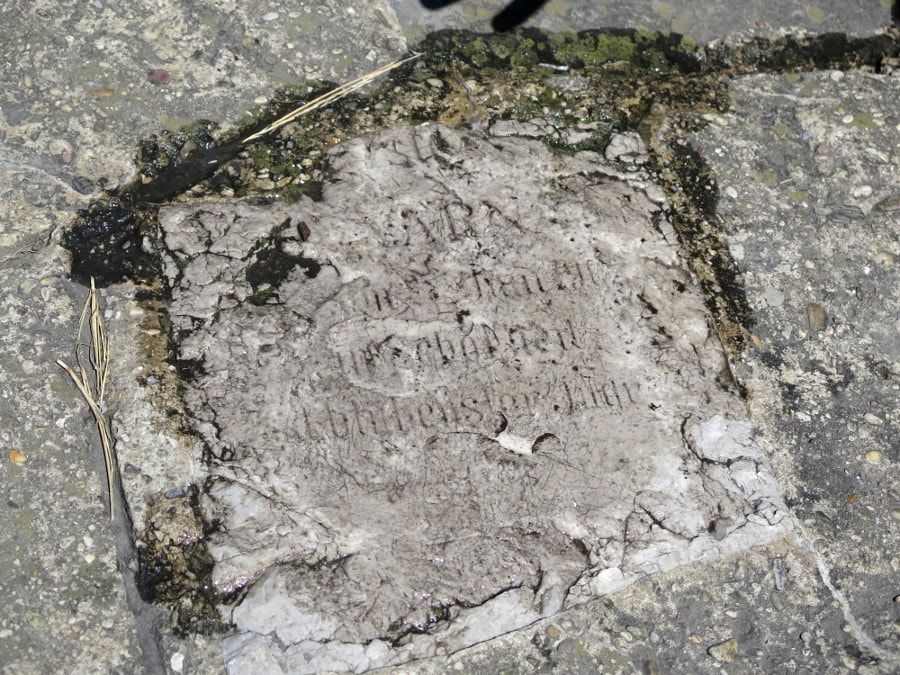
Vienna’s Oldest Tree
Tradition has it that the large yew tree in the garden of the European Patent Bureau in the 3rd district dates back to Roman times and is the last remnant of a large grove, making it the oldest tree in Vienna. Biologically speaking, this could be true, considering the slow growth period of evergreen conifer trees and their preference for shady places. It was put under conservation in 1936 and can be seen and admired with prior notice at the Patent Bureau (Rennweg 12A, 1030) from Monday through Friday, 8:00-16:00.
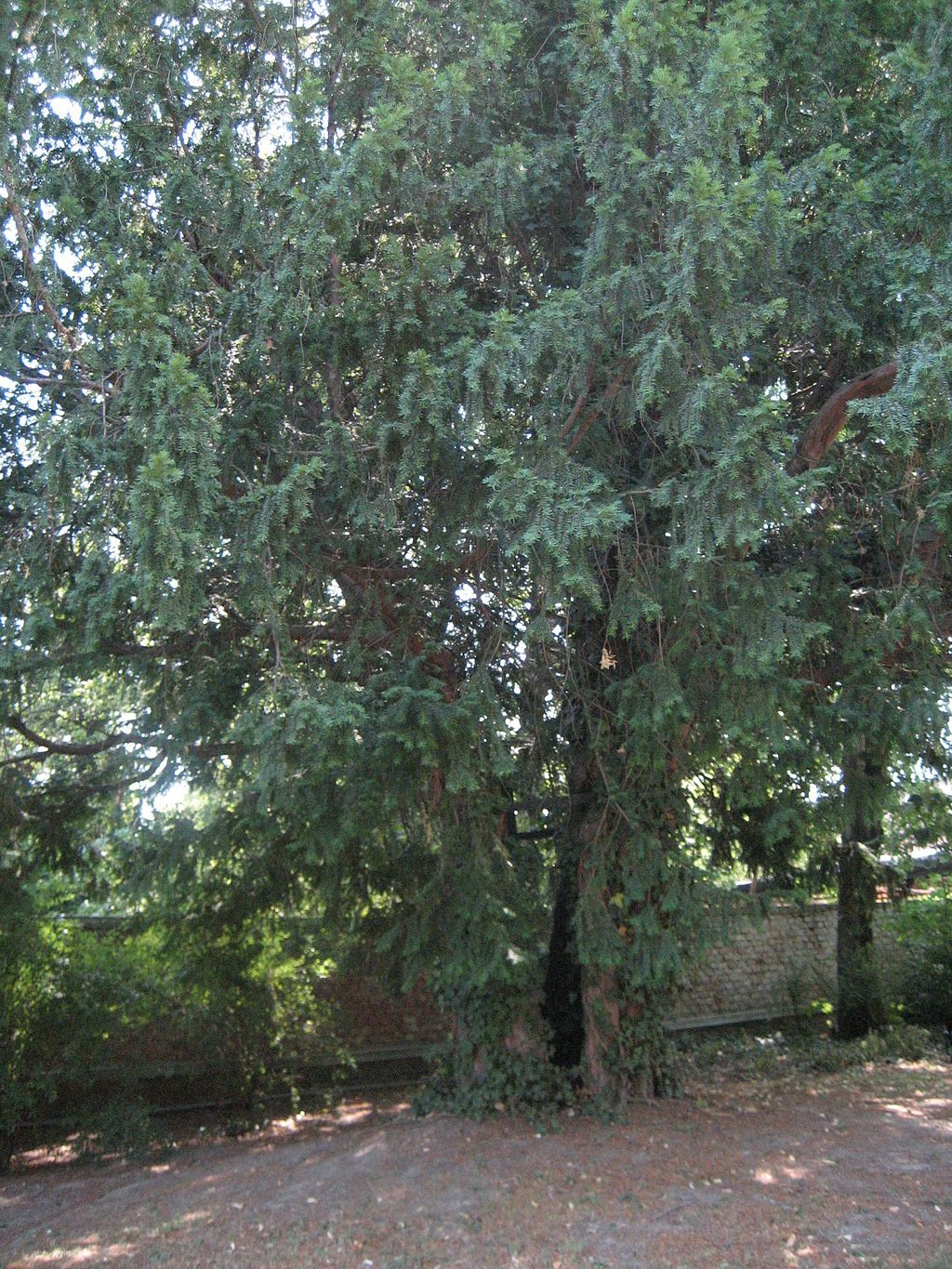
Habsburg Observatory
Up on Vienna’s tallest hill, the Hermannskogel, you’ll find the Habsburg observatory. 27 meters high and built in 1880, it was built to commemorate the 40th anniversary of the reign of Emperor Franz Joseph. The observatory can be climbed from early April until late October on fair-weather Saturdays from 13:00-18:00 and on Sundays and holidays from 10:00-17:00. The view is breathtaking and we particularly recommend seeing it as part of the Stadtwanderweg Nummer 2 (city hiking trail number 2), which starts in Sievering and spans 10 kilometers. If you’re a little short on time, you leave your car at on the parking lot of the “Grüaß di a Gott” inn on Höhenstraße and reach the observatory via the Hermannskogel path in about 30 minutes.
Click here for part 2 of our series. For more ideas and discovery tours, you can find our 10 insider tips for Vienna here. Read this article to find out about the 10 places in Vienna you’ve never been to.
(c) Beitragsbild | faddevpopovghost | Instagram

